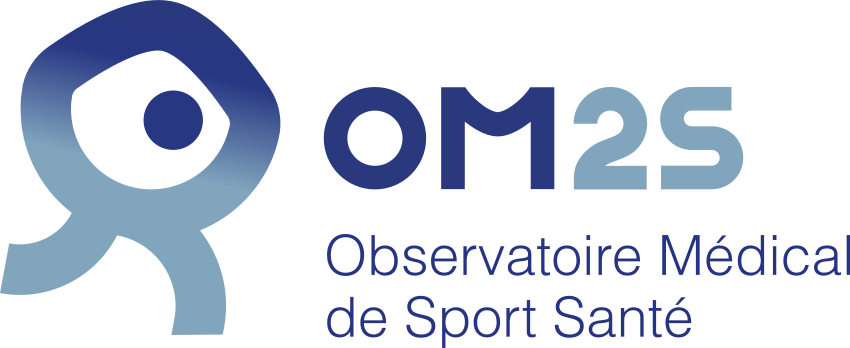par Editeur | 13 février 2025
Mesures de prévention des piqûres de tique à recommander lors d’une promenade en forêt, d’un séjour en zone boisée ou végétalisée (jardinage) ou d’une randonnée.
La prévention primaire repose essentiellement sur des mesures simples de protection mécanique (grade A) telles que :
- porter des vêtements clairs afin de mieux repérer les tiques, couvrants (protection de la tête et du cou, en particulier chez les enfants) et des chaussures fermées ;
- glisser les bas de pantalon dans les chaussettes, voire utiliser des guêtres ;
- se munir d’une paire de tire-tiques de préférence, ou à défaut d’une pince à épiler.
Fiche pratique proposée par la HAS, 4 pages (février 2025).
par Editeur | 21 avril 2023
Dynamic electrostimulation consists of the application of local or global electrostimulation together with physical exercise. This study aimed to investigate the immediate effects of a dynamic electrostimulation session on the thickness of the abdominal musculature, inter-rectus distance, heart rate, blood pressure, and body temperature, and to identify possible differences in its form of application. A total of 120 healthy participants were divided into three groups: the whole-body electrostimulation group, the local electrostimulation group, and the control group without electrical stimulation…
Source : Biology 2023, 12, 454. https://doi.org/10.3390/biology12030454
par Editeur | 21 avril 2023
The muscles of the abdominal wall play a fundamental role in the stabilization of the pelvis and the spinal column, and they must function properly. The simultaneous combination of physical exercise with electrical currents, called dynamic electrostimulation, can have beneficial effects on this musculature in terms of gaining muscle mass and strength. Our research aimed to determine the immediate effects of a single session of dynamic electrostimulation on the thickness of the abdominal musculature and the inter-rectus distance evaluated by ultrasound, as well as on the physiological parameters of heart rate, blood pressure, and body temperature…
Source : Biology 2023, 12, 454. https://doi.org/ 10.3390/biology12030454
par Editeur | 30 janvier 2020
Rehabilitation of soft-tissue injuries can be complex. Over the years, acronyms guiding their management have evolved from ICE to RICE, then on to PRICE and POLICE.1 Although widely known, these previous acronyms focus on acute management, unfortunately ignoring subacute and chronic stages of tissue healing…
Source : Dubois B, Esculier J-F, Br J Sports Med January 2020 Vol 54 No 2
par Editeur | 29 mars 2017
Physiopathologie des troubles liés à l’exposition à la chaleur (rappels) :
- Pathologies locales non systémiques:
- Les œdèmes de chaleur
- La miliaire ou bourbouille
- L’asthénie anhydrotique tropicale
- Pathologies générales avec troubles systémiques:
- Les crampes de chaleur
- Le syndrome de déshydratation
- La syncope de chaleur
- L’épuisement à la chaleur
- Le coup de chaleur à l’exercice
…/…
Dr. Bertrand RENOLLEAU, Médecin du sport, Antenne Médicale de Chambéry – Journée trimestrielles du Club Mont Blanc, Mars 2017 à Sallanches.

